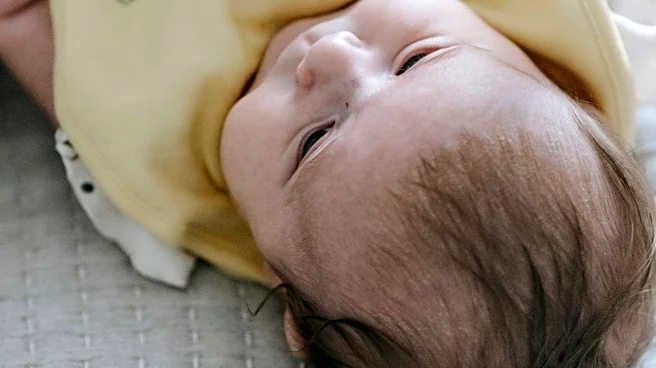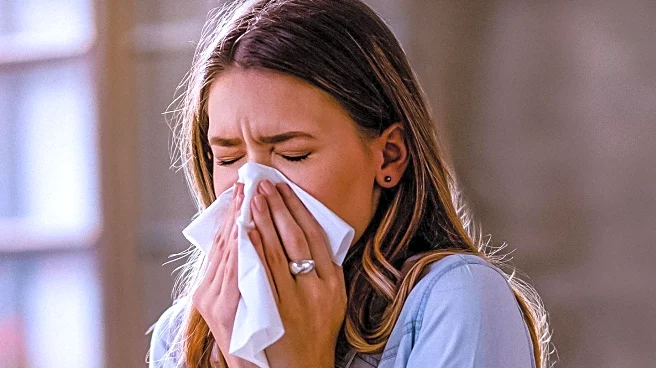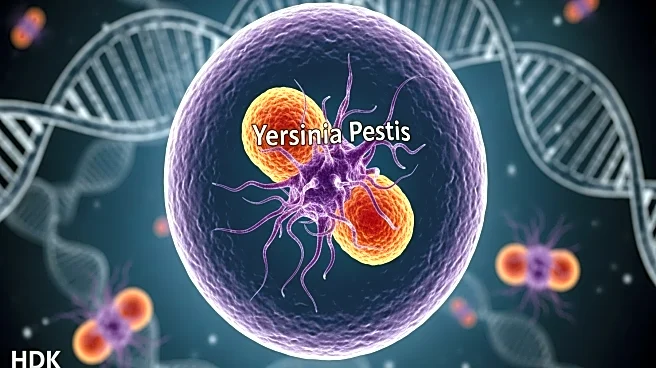What's Happening?
A research team led by Harvinger Singh Gill has developed a novel floss-based vaccination system, as reported in Nature Biomedical Engineering. This system allows vaccines to be self-administered through flossing into the junctional epithelium, a mucosal membrane. The team tested the system in rodents using a nanoparticle influenza vaccine, which demonstrated protective immune responses. The floss-based vaccine successfully protected mice against a lethal dose of the H1N1pdm09 influenza virus strain, with 100% survival among vaccinated mice compared to 0% survival in unvaccinated mice.
Why It's Important?
The development of a floss-based vaccination system could significantly impact public health by providing a needle-free alternative to traditional injections. This method addresses common barriers to vaccine compliance, such as needle pain and phobias, potentially increasing vaccination rates. The ability to self-administer vaccines could also improve accessibility and reduce the risk of unsafe injections. If successful in human trials, this innovation could transform vaccine delivery and enhance protection against infectious diseases.
What's Next?
Further research and trials are necessary to determine the effectiveness and safety of the floss-based vaccination system in humans. Regulatory approval processes will be crucial before widespread adoption. The research team may explore additional applications for this technology beyond influenza vaccines, potentially expanding its use to other diseases. Stakeholders, including healthcare providers and policymakers, will likely monitor developments closely to assess the system's viability and integration into existing vaccination programs.
Beyond the Headlines
The floss-based vaccination system raises ethical and logistical considerations regarding self-administration and public health education. Ensuring proper usage and understanding of the system will be essential to prevent misuse and maximize benefits. Additionally, this innovation could influence cultural perceptions of vaccination, shifting attitudes towards more accessible and less invasive methods.











